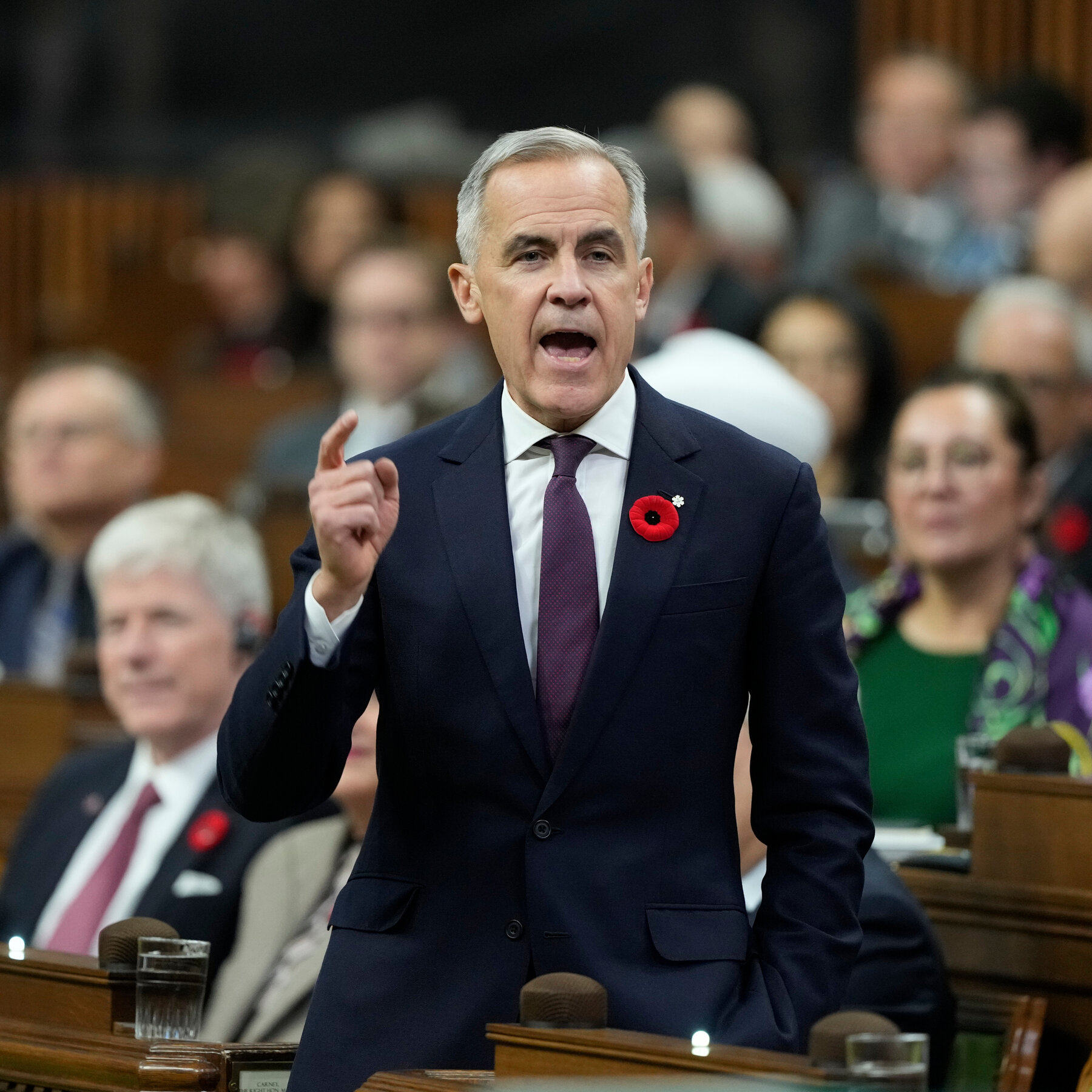World
Carney Unveils Accelerated Economic Strategy for Canada

Prime Minister Mark Carney has introduced an accelerated economic strategy aimed at reducing Canada’s dependence on the United States, a move prompted by ongoing trade tensions. The plan prioritizes the rapid development of mines and natural resource projects, which has sparked significant opposition from various Indigenous groups and environmental advocates.
Carney’s initiative comes as Canada faces increasing pressure to diversify its trade relationships and enhance domestic production capabilities. The strategic shift is designed to bolster economic resilience amid a backdrop of fluctuating imports and exports, particularly concerning critical commodities. This new approach seeks to tap into the country’s vast natural resources while navigating the complexities of international trade dynamics.
Controversy Surrounding Resource Development
The speed at which Carney is advancing these projects has raised eyebrows among environmentalists and Indigenous communities, who argue that the rapid expansion could lead to detrimental impacts on local ecosystems and traditional lands. Concerns have been voiced regarding the potential violation of Indigenous rights and the lack of adequate consultation processes.
Indigenous groups have expressed discontent, emphasizing the importance of preserving their ancestral lands and the need for sustainable practices in resource extraction. They advocate for a balanced approach that respects both economic growth and environmental protection.
On the other hand, proponents of the plan argue that enhanced mining and resource projects can create thousands of jobs, stimulate local economies, and contribute significantly to Canada’s GDP. The government estimates that these initiatives could generate upwards of $1 billion in annual revenue, providing a much-needed economic boost.
Global Trade Context
The backdrop of a trade war, particularly with the United States, has intensified the urgency of Carney’s economic strategy. As tariffs and trade barriers rise, Canada’s reliance on its southern neighbor has become increasingly precarious. By fostering a more self-sufficient economy, the Canadian government aims to reduce vulnerability to external shocks.
In light of these developments, industry experts are closely monitoring the progress of this economic plan. They highlight the necessity for a robust regulatory framework that ensures both environmental stewardship and economic advancement. The challenge lies in finding a pathway that satisfies the diverse interests of stakeholders involved.
As this situation unfolds, the balance between economic development and environmental protection will be a focal point of discussion in Canada. The decisions made now will not only shape the economic landscape for years to come but also influence the relationship between the government and Indigenous communities across the nation.
-

 Top Stories3 weeks ago
Top Stories3 weeks agoMarc Buoniconti’s Legacy: 40 Years Later, Lives Transformed
-

 Health3 weeks ago
Health3 weeks agoInnovative Surgery Restores Confidence for Breast Cancer Patients
-

 Business2 weeks ago
Business2 weeks agoForeign Inflows into Japan Stocks Surge to ¥1.34 Trillion
-

 Sports4 weeks ago
Sports4 weeks agoSteve Kerr Supports Jonathan Kuminga After Ejection in Preseason Game
-

 Top Stories3 weeks ago
Top Stories3 weeks agoBOYNEXTDOOR’s Jaehyun Faces Backlash Amid BTS-TWICE Controversy
-

 Science1 month ago
Science1 month agoChicago’s Viral ‘Rat Hole’ Likely Created by Squirrel, Study Reveals
-

 Entertainment1 month ago
Entertainment1 month agoZoe Saldana Advocates for James Cameron’s Avatar Documentary
-

 Lifestyle4 weeks ago
Lifestyle4 weeks agoKelsea Ballerini Launches ‘Burn the Baggage’ Candle with Ranger Station
-

 Science2 weeks ago
Science2 weeks agoUniversity of Hawaiʻi Joins $25.6M AI Project to Monitor Disasters
-

 Politics1 month ago
Politics1 month agoDallin H. Oaks Assumes Leadership of Latter-day Saints Church
-

 Business4 weeks ago
Business4 weeks agoTyler Technologies Set to Reveal Q3 2025 Earnings on October 22
-

 Lifestyle4 weeks ago
Lifestyle4 weeks agoDua Lipa Celebrates Passing GCSE Spanish During World Tour









